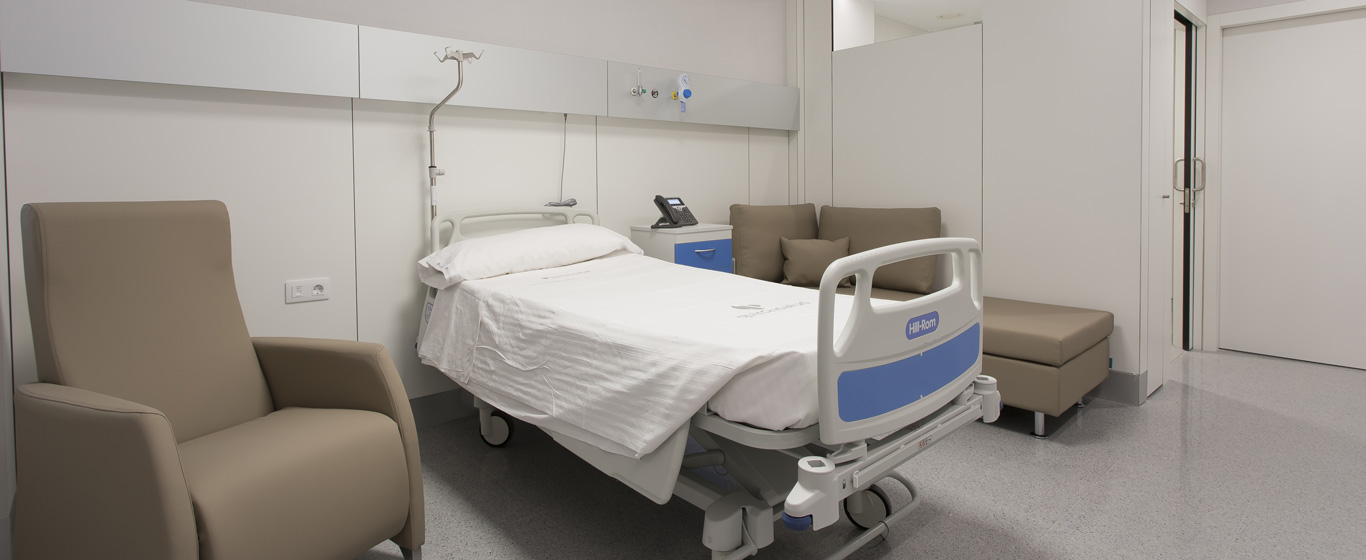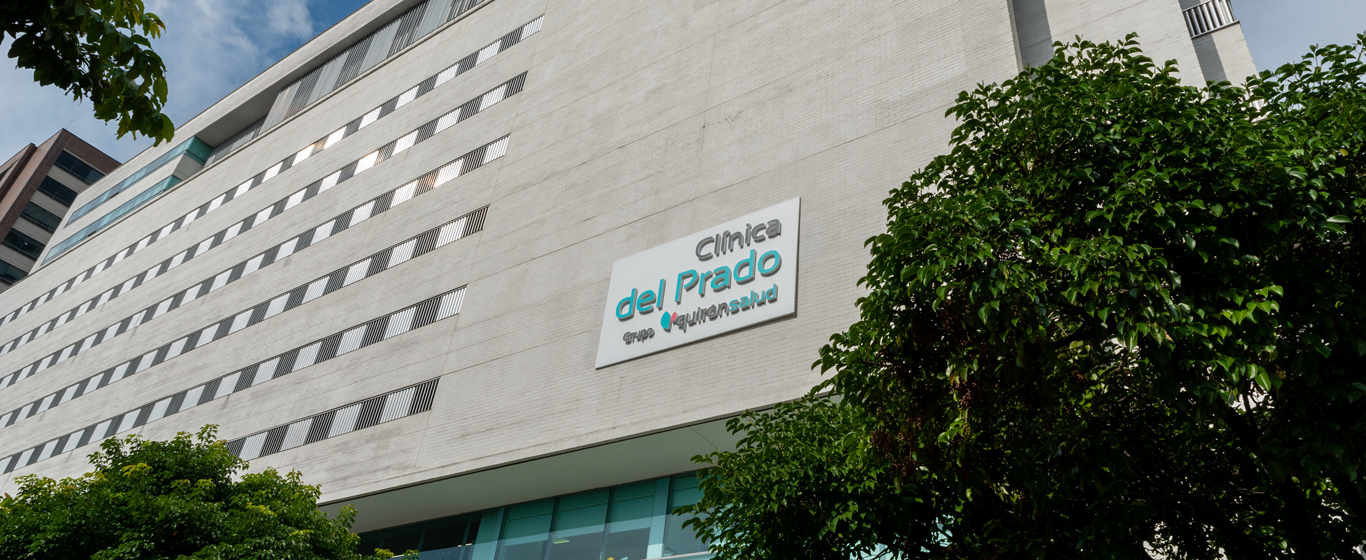Atrial Fibrillation
What is the life expectancy with atrial fibrillation? Information on its causes, symptoms, and prevention.
Symptoms and Causes
Atrial fibrillation is characterized by an excessively rapid heart rhythm that prevents the heart from functioning normally. This condition disrupts the sinus rhythm, causing the movement of the heart chambers to become unsynchronized. As a result, the atria do not contract properly, and the ventricles beat at an abnormally high speed.
This type of cardiac arrhythmia is one of the most common among the general population. It significantly affects the quality of life of those who suffer from it and may even reduce their life expectancy.
Depending on its characteristics, this condition is classified into four different types:
- Paroxysmal atrial fibrillation: Occurs recurrently for up to seven days. During this period, symptoms appear and disappear at various intervals, lasting for minutes or hours.
- Persistent atrial fibrillation: The abnormal heart rhythm lasts for more than one week.
- Long-standing persistent atrial fibrillation: Persists for more than one year without showing any improvement.
- Permanent atrial fibrillation: The arrhythmia cannot be corrected, even after attempting various treatments. Instead, heart rate control is used to prevent complications.
Symptoms
Atrial fibrillation symptoms vary from person to person. Some individuals may not experience any noticeable signs. The most common symptoms include:
- Chest pain that feels like intense pressure.
- Weakness and fatigue that interfere with daily activities.
- Lightheadedness and dizziness that usually occur suddenly.
- Palpitations or a sensation of rapid, irregular heartbeats.
These symptoms may come and go, including episodes of arrhythmia. However, once diagnosed, it is essential to continue regular check-ups and prescribed medication, as the absence of symptoms does not mean the patient is cured.
Causes
The primary cause of atrial fibrillation is an underlying heart condition that triggers abnormal heartbeats, often a congenital heart defect. Additionally, a history of heart attack, hypertension, or lung disease can contribute to the development of this arrhythmia.
Risk Factors
Although atrial fibrillation can occur in any individual, certain risk factors increase the likelihood of developing it:
- Age: More common in older adults.
- Heart disease: Especially mitral valve disease, which causes uncoordinated atrial contractions.
- Thyroid disease: Leads to various heart rhythm disturbances.
- Chronic conditions: Such as diabetes, sleep apnea, kidney failure, or metabolic syndrome.
- Obesity.
- Alcohol consumption.
- Family history.
Complications
The primary complication of atrial fibrillation is the formation of blood clots, which can lead to a stroke. Additionally, these clots may cause ischemia, heart attacks, or pulmonary embolism.
When treatment is followed, and necessary check-ups are performed, life expectancy is not significantly affected. However, maintaining a healthy lifestyle is essential.
Prevention
Certain lifestyle habits can help maintain heart health and reduce the risk of developing heart conditions such as atrial fibrillation. These include:
- Eating a balanced and healthy diet.
- Engaging in regular moderate exercise.
- Maintaining a healthy weight.
- Avoiding tobacco, caffeine, and alcohol consumption.
Which Doctor Treats Atrial Fibrillation?
Atrial fibrillation is diagnosed and treated by cardiologists. However, emergency medicine specialists may also be involved in managing acute cases. Additionally, cardiovascular surgeons provide support for certain procedures.
Diagnosis
To diagnose atrial fibrillation, healthcare providers typically check the patient's pulse and record heart activity using an electrocardiogram (ECG). These two tests help determine if the heart rate is excessively fast.
A blood test is also commonly performed to rule out external substances or thyroid disorders as potential causes of the condition.
Treatment
The most common treatment used to restore a normal heart rhythm after an atrial fibrillation diagnosis is medication. The most frequently prescribed drugs include:
- Antiarrhythmics
- Beta-blockers
- Digoxin
- Calcium channel blockers
Additionally, anticoagulants may be used to reduce the risk of blood clots.
When patients do not respond to medication or experience significant side effects, surgical procedures may be recommended. The most common include:
- Radiofrequency ablation: Destroys the tissue responsible for the arrhythmias using an electric catheter.
- Cryoablation: Freezes and eliminates the area causing irregular heartbeats.
- Cardiac pacemaker: A device implanted to help regulate the heart’s rhythm.














































































































